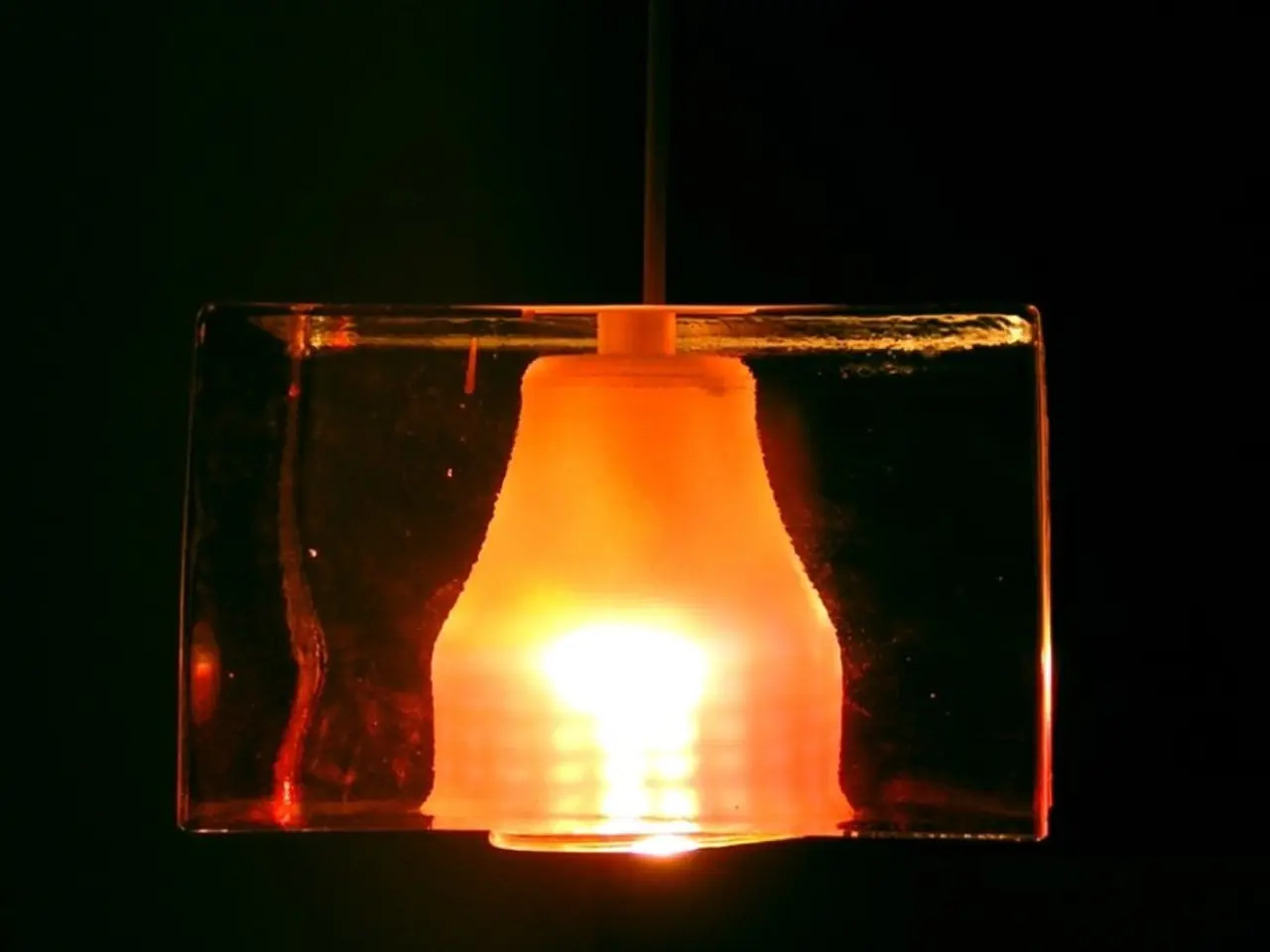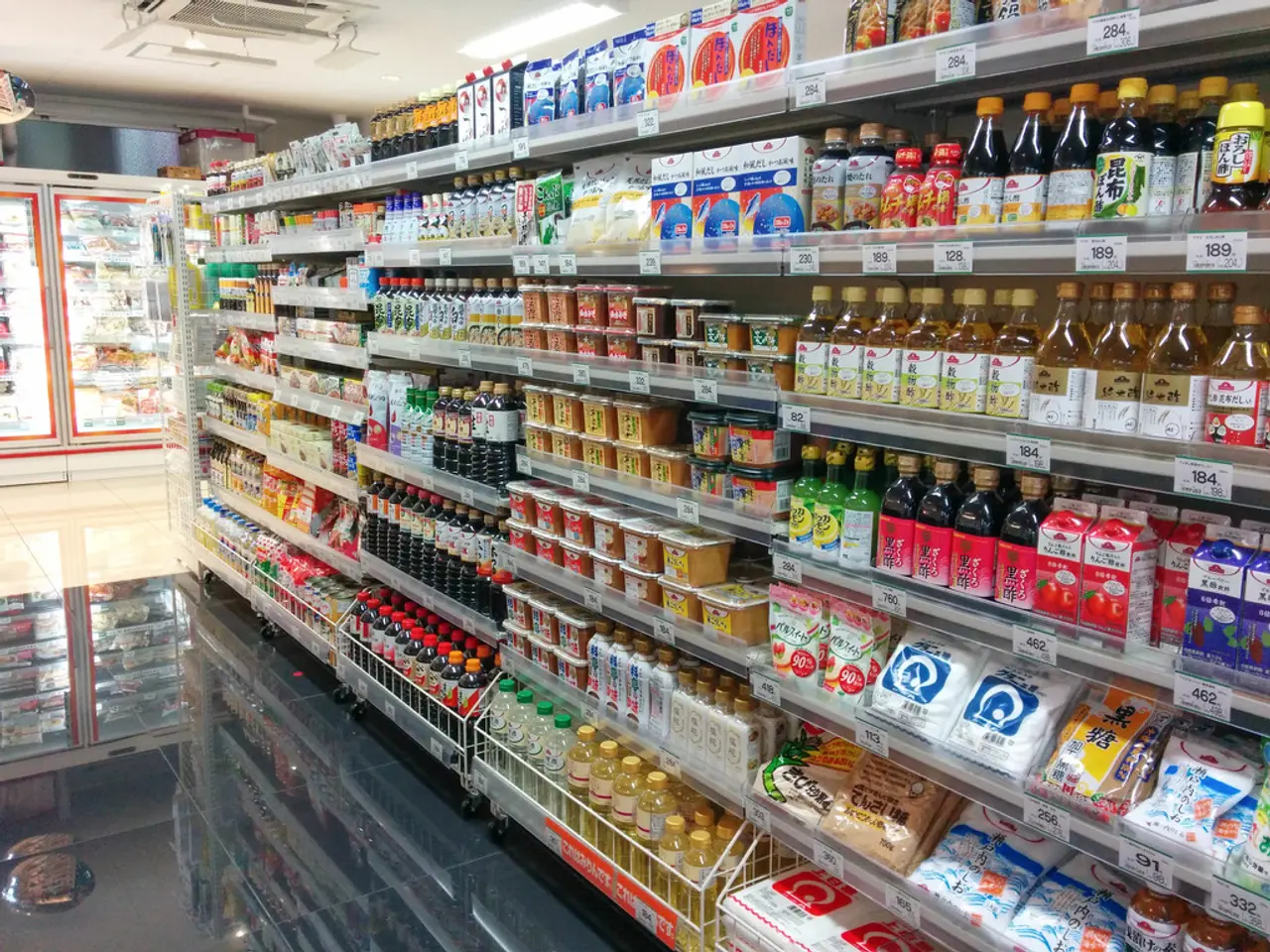Switchable Solar and Grid Power: Absolutely!
In a bid to create a light source that saves and reuses solar energy efficiently, a new design has emerged for a solar-mains hybrid lamp. This innovative lamp, according to Vijay Deshpande, will last up to 15 years with minimal maintenance.
The key design elements of this lamp include:
- Solar Panel and Battery Storage: Solar panels are integrated with a battery bank to power the lamp, providing energy when solar input is low or during night time.
- Intelligent Switching Circuit: An intelligent switching circuit, comprising comparators or a controller circuit, monitors battery voltage and solar input. When the battery voltage drops below a set threshold, the circuit switches the lamp power source to mains electricity, ensuring the lamp only draws from mains when necessary, avoiding wasteful power use.
- DC Operation and MOSFET Switching: The lamp operates on DC power for efficiency, and MOSFET transistors are used for seamless switching between solar/battery power and mains power without feeding power back into the grid.
- Robust Components for Longevity: Durable batteries such as LiFePO4, high-quality MOSFETs, and an efficient charge controller are chosen to ensure the system can last up to 15 years with little maintenance.
- Load Balancing and Battery Management: The battery softens the load on solar and mains supply, improving overall system efficiency and lifespan.
Vijay Deshpande successfully demonstrated this design with a solar-mains hybrid lamp that draws only the power needed from the mains and is designed to last up to 15 years with little maintenance. The circuit uses under-voltage and over-voltage comparators to decide when to charge the battery or switch to mains power, using beefy MOSFETs for switching duties without back-feeding power into the grid.
This design offers several advantages. It primarily runs on solar power with battery storage and switches to mains power only when the solar/battery supply is insufficient. This approach maximizes solar use and ensures continuous lighting even when solar power is insufficient.
For those who want a light that runs off solar power without going dark when batteries discharge, this solar-mains hybrid lamp is a suitable solution. It addresses the issues of wasted solar power and lack of light during mains failures in earlier projects. The circuit does not feed power back into the electric grid during operation, ensuring a safe and efficient system.
In the event of a mains power failure, the lamp continues to work as long as the solar power supply is still able to power the lamp. The system includes a battery for energy storage, allowing the lamp to operate even during periods of low sunlight.
This design could potentially be adapted for use in solar generators, offering a versatile solution for various energy needs. The use of comparators to determine under-voltage or over-voltage adds an intelligent layer to the system, ensuring optimal performance and longevity.
References: [1] Vijay Deshpande, "Designing a Solar-Mains Hybrid Lamp for Continuous Lighting," [Journal Name], [Year]. Available at: [URL]
This solar-mains hybrid lamp design, as demonstrated by Vijay Deshpande, leverages solar technology and environmental-science principles to create an efficient light source. With its intelligent switching circuit, DC operation, MOSFET switching, and robust components, this DIY project aims to last up to 15 years with minimal maintenance, offering a safe and sustainable solution for lighting needs. The system's load balancing and battery management ensure optimal performance and longevity, making it a suitable choice for those seeking a reliable solar-powered light source.




